Happily disgusted or sadly angered: Can Microsoft guess what you feel – by your photo?
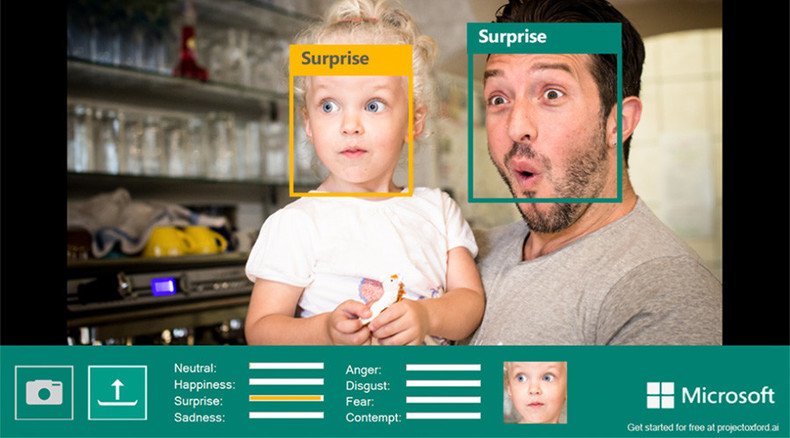
Computers are one step closer to determining how people feel, with Microsoft presenting its new emotion recognition tool as a part of its ambitious artificial intelligence project. The new program can try and guess people’s emotions by a photo.
The new Microsoft tool can ‘look’ at photos, identify people’s faces in them and then rate their feelings by giving them different scores on a number of emotions. ‘Emotional options’ of the new program include anger, contempt, disgust, fear, happiness, sadness, surprise and a neutral emotional stance.
Part of a new series of updates for its artificial intelligence research project, called ‘Project Oxford API,’ the new tool was presented by Microsoft at the company’s Future Decoded conference in the UK on Wednesday.
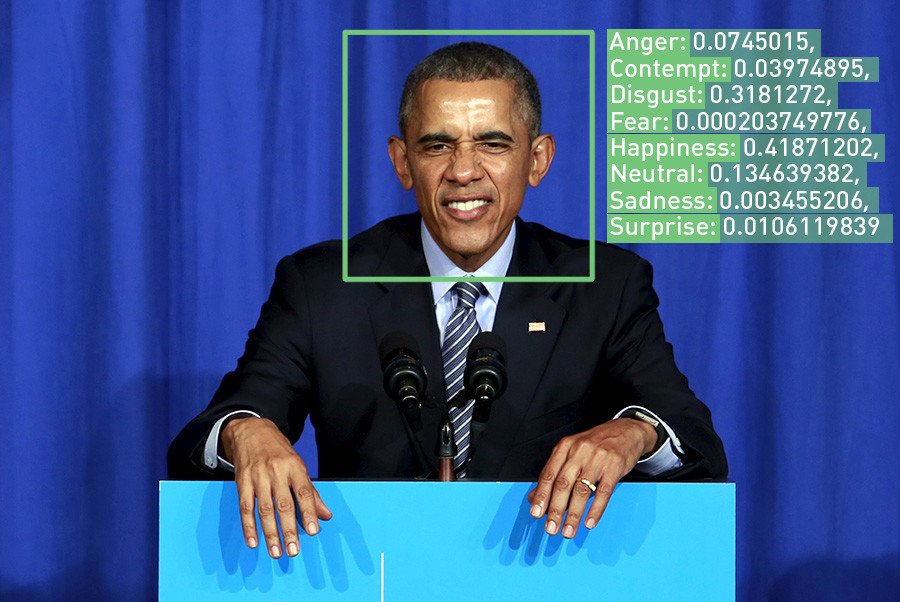
Although the new instrument is yet not very accurate, Microsoft specialists explained that it is based on machine learning, meaning that the software relies on a large database of images tagged with different emotions to analyze new photos. The tool is expected to become ‘smarter’ and more accurate as it gets more data.
The company also launched a simple demo version of the new tool that allows everyone to load a photo to the Microsoft site or just paste an image url and get what computer thinks people on the photo are feeling.
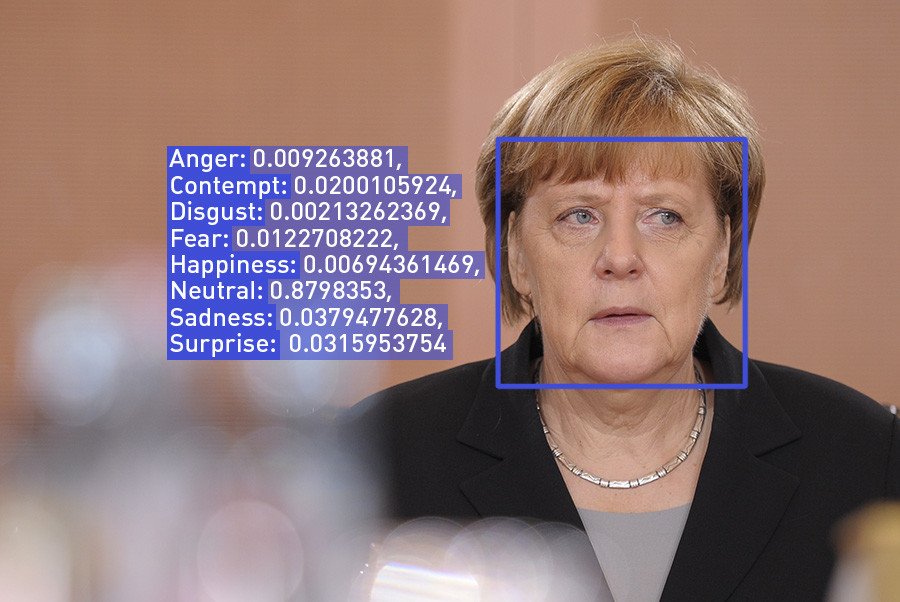
The demo version also presents a string of information in a computer-readable list format that could be used by those willing to build apps based on the Microsoft’s new tech.
Meanwhile, the emotion analysis tool can have both social and commercial applications. It can be used to create apps that will help people sort their photos based on the different emotion types, or develop a social network filter that will help users find images of people expressing certain emotions.

Microsoft’s emotion recognition technology also opens new possibilities for business-oriented market research, as the program can be used to track and analyze the emotions of the focus-group during the study.
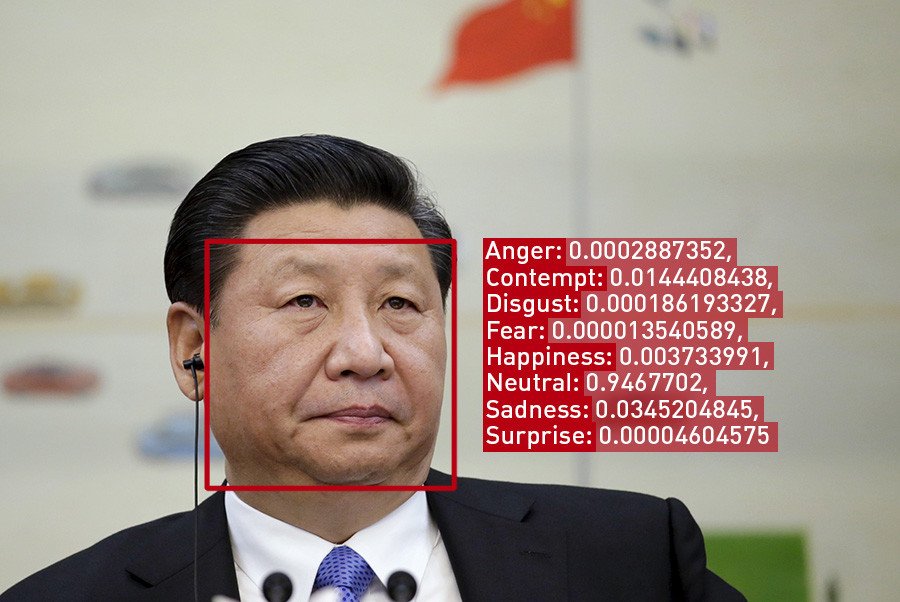
Alongside with emotion recognition tool, updates for Microsoft’s AI project presented at the conference on Wednesday included tools that allow speech recognition even in crowded or noisy places, as well as enable recognition of a person who is speaking; a video-stabilizing tool, and a new form of spell-checker.
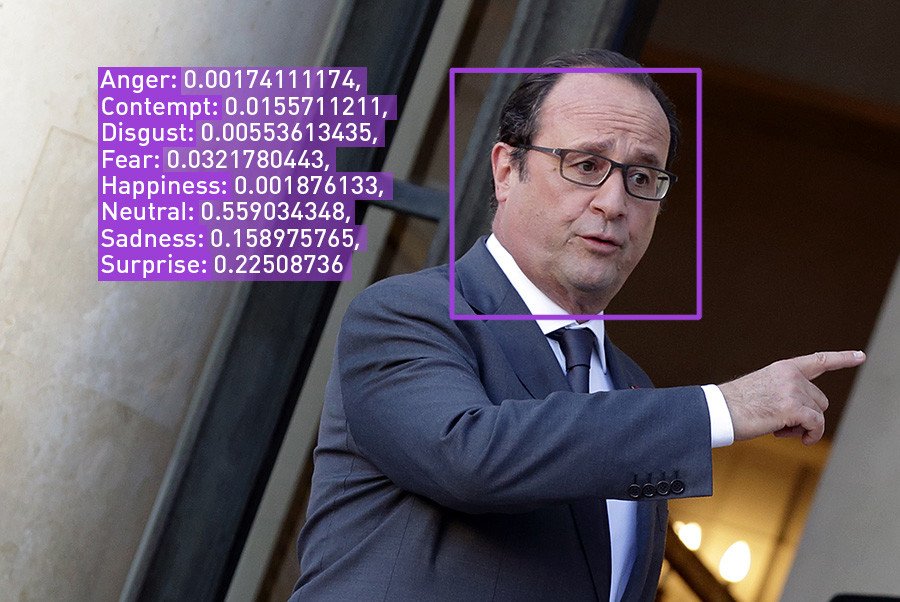
Earlier this year, Microsoft also presented an age-guessing tool that caught public attention and kindled the internet’s imagination.
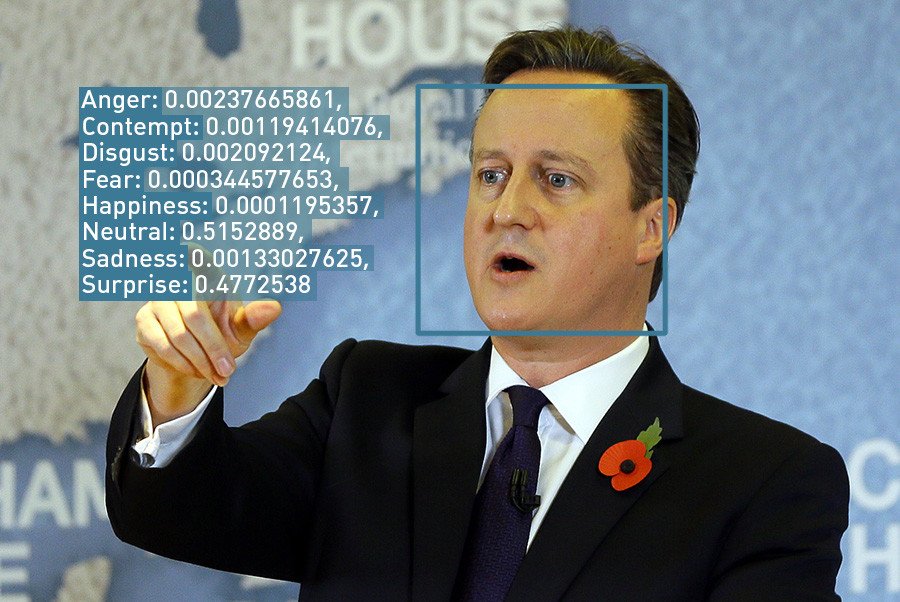
The Oxford Project API itself was presented by the Microsoft last spring at the company’s Build event and now includes such tools as face detection and verification, text-to-speech and speech-to-text converters, as well as some other instruments.
Some of these tools have already been introduced into the Microsoft latest operating system, Windows 10, which allows users to unlock their devices with their faces. Windows 10 uses a biometric authentication system that includes face recognition alongside with eye iris and fingerprint recognition, PCmag.com reports.












